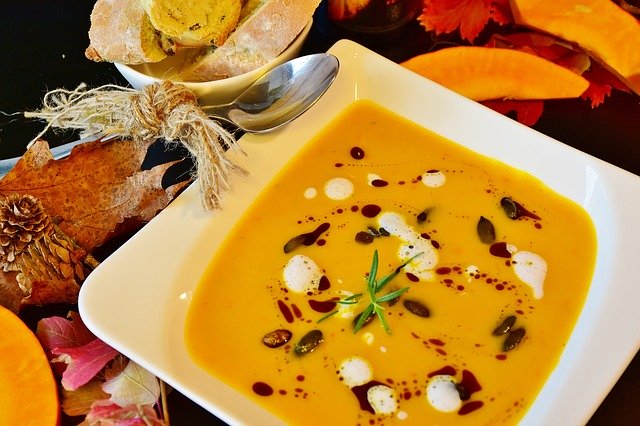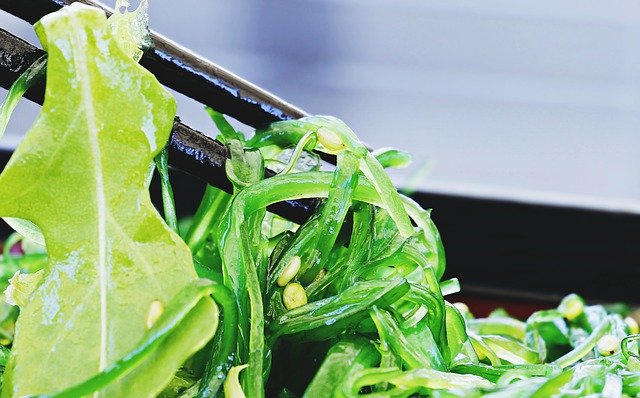I’m going to get this out there… I eat meat.
Lots of us do. In fact, for many of us it can seem downright weird to not have some meat for the evening meal.
Don’t worry, this isn’t going to be some high horse post about how much cooler and better it is to be a vegetarian or vegan. There are some simple facts on how us, as a society who regularly eats meat, has an effect on the environment.

How does Eating Meat affect the Planet?
Farming animals is bad news for the environment. According to Climate Nexus, farming animals is the largest contributor to human-made greenhouse gas emissions after fossil fuels.
You might look out on a field of cows or sheep, and think it is a rural idyll. But that is far from the truth.
Farming animals is bad for the environment because:
Growing food to feed animals means large amounts of water, pesticides and herbicides are used.
Deforestation occurs to make room for grazing land.
It lessens biodiversity.
Animal manure can contaminate water courses.
Nitrogen pollution is caused by manure.
Contributes to land degradation, such as soil erosion.
Why is a Plant-Based Diet Better?
As well as eating more plants and less meat is better for the environment, it is also better for our overall health. Just Google the reasons why eating meat in bad for you if you want to make yourself worried.
While meat is a great source of protein, it can also be a source of unsaturated fats. These are the fats that can cause cholesterol that clog up the arteries and increase the risk of heart disease, and many other conditions.
Does that mean we have to cut meat out altogether? No. If we could eat less meat, it would be loads of goodness to our health as well as to the planet. Not only that, you could save money on your shopping bill too.
The NHS recommends we eat only 90 grams of meat per day to avoid associated health conditions. That is the equivalent to three thin slices of beef.

How to Reduce Meat Consumption
While you might be willing to eat less meat, how do you convince other members of your household?
Your partner might not be willing to give up their daily meat, and there lies the problem. They key to eating less meat is to cook meat-free recipes that have the wow-factor!
Then, with such amazing veggie dishes, no one will mind or notice that it is meat-free. Once you start enjoying vegetarian meals, many of us appreciate veggies for their own sake, rather than just seeing them as a side dish.
Start Slowly
You can’t change the habits of a lifetime overnight. Not if you want to create a healthier habit that stays. Introduce changes gradually.
Reduce the amount of meat in each meal. If you usually use a pack of meat to make dishes such as casseroles or curries, try reducing the amount of meat you use by half. Bulk up the rest of the meal with more vegetables.
You could try having one night per week that is always meat-free. It is another way to make an kitchen eco-friendly!
Swap to ‘meatier’ Veggies
Some vegetable have a satisfying texture that can help replace the craving for meat. Try large mushrooms, stuffed peppers, or aubergine.
Using a variety of veg will give lots of different textures, helping to satisfy the craving for meat.
Eat More Fish
An easy way to reduce the amount of meat in your diet is to swap some meat meals with fish.
Fish that is responsibly sources from sustainable supplies is readily available in the supermarkets.
Swapping meat for fish two nights per week is something most of us could do, and actually enjoy the benefits to our health as well as doing out bit for the environment.

Use Peas, Pulses and Beans
Pulses like lentils are not only tasty and nutritious, but they add bulk and density to meal that leaves you feeling full.
Peas, pulses and beans are also a source of fibre and protein.
Some of the healthiest peas, pulses and beans are: chickpeas, peas, lentils, kidney beans, black beans, pinto beans, and butter beans.
When you have a satisfying mean that includes peas, pulse and bean, the flavours and texture may help any carnivore convert to a meat-free meal now and then.
Find Tasty Meat-Free Recipes
There are lots of tasty vegetarian recipes you can find online, but to save yourself all the research, choose some good meat-free recipe books:
Here are some of my top three picks to help in the quest to eat less meat:

BOSH: This is one of the best-selling vegan recipe books, and it is easy to see why. There are over 140 vegan recipes that give mouth-watering results and will quickly become your go-to recipes for meat-free meals. You don’t have to be a vegan to appreciate this book, or the meals you’ll be able to produce.

Jamie Oliver Veg: This much loved British chef know his stuff when it comes to cooking vegetarian dishes. In this book, he shows us how to make vegetarian meals for everyone to enjoy, as well as one pot wonders for those who have a busy lifestyle.

EAST: 120 Vegetarian and Vegan Recipes from Bangalore to Bejing.
This book is written by Meera Sodha, the Guardian‘s ‘New Vegan’ columnist. In the East, it is much more common to eat meat-free meals. If you want to eat Asian cuisine that is full of flavour, his book has plenty of recipes that put veggie meals as part of your staple diet.
Alternative sources of Protein
If you miss that meaty element to dishes, try an alternative ‘meat’ such as quorn, tofu or soya bean. While they might not be to everyone’s taste, they are nutritious. Try using in saucy dishes such as bolognaise, where it is less obvious that ‘fake meat’ is being used.
Budget-Friendly Eating
As well as environmental benefits of reducing meat consumption, and overall health benefits, it is great for those on a budget. Eating meat-free meals is significantly cheaper than eating meat.
Once you get into the habit, reducing the amount of meat you is fairly simple. Having a few tried and tested, tasty veggie recipes to hand will help.
Hopefully, you and your household will begin to look forward to meat-free meals, and once the health benefits are noticeable, might even prefer them.
